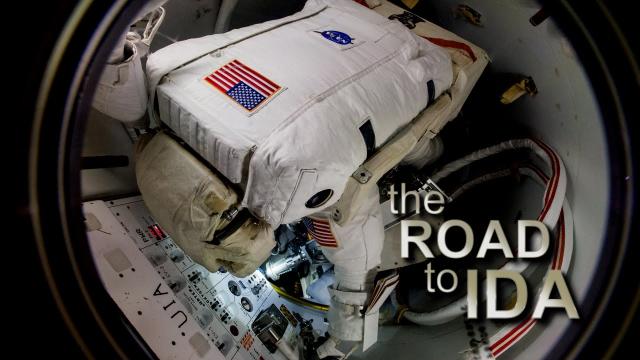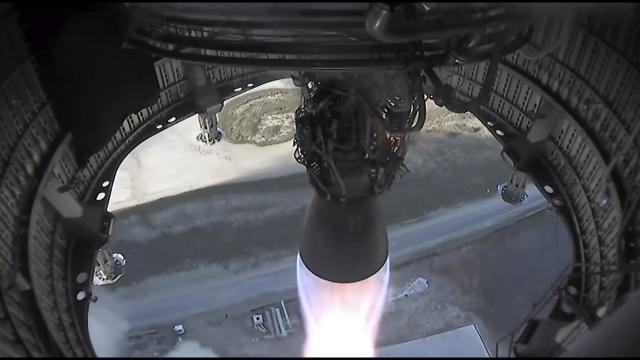Outer Space & Universe
Outer Space & Universe
Space, also known as outer space, is the near-vacuum between celestial bodies. It is where everything (all of the planets, stars, galaxies and other objects) is found.
On Earth, space begins at the Kármán line (100 km above sea level). This is where Earth's atmosphere is said to stop and outer space begins. This is not a firm boundary but is a convention used by scientists and diplomats.
Items in space are free to move back and forth; up and down; and left and right. These three dimensions are what make 3D space. Items also move forward through time, which is sometimes called the fourth dimension.
The majority of space contains very little matter and so most of it is a vacuum. Scientists do not know how big space is but we do know that space is extremely big, and is always expanding.
According to the big bang theory, all matter and energy in the Universe was compressed into a very small space. Then it exploded and started expanding. Space is still growing in size today; this means the distance from one galaxy to distant galaxies is getting longer.
Gravity is the force that keeps the Moon in orbit around the Earth and the planets in orbit around the Sun. Gravity can stretch and bend space similar to how a heavy ball placed on a stretched sheet of rubber will cause the rubber to stretch. The scientist who discovered that space can bend is named Albert Einstein. How gravity bends space is part of his theory of general relativity.
Astronauts, Cosmonauts, Taikonauts and Spationauts
An astronaut is any person who is trained by NASA to travel and perform tasks in space. Although the space traveler may not necessarily be a United States citizen, each astronaut does go through a rigorous training regiment by the National Aeronautics and Space Administration. Other space travelers go by other names then astronaut depending on their country of origin.
In the United States, astronaut is derived from the Greek words ástron (star) and nautis (sailor). While, in Russia, a space traveler goes by the name космонавт (English: cosmonaut), which is derived from the Greek words kosmos (universe) and nautis (sailor). Westerners call a space traveler from China a taikonaut, based on the 1998 writings of Chiew Lee Yik and Chen Lan where the term tàikōng (great emptiness), Chinese for “space”. In China, the term yuháng yuán (universe navigator) is used for space traveler.
Only the United States of America (United States), Russia (earlier, the Union of Soviet Socialist Republics), and the People’s Republic of China (China) have sent manned spacecraft into space. Other countries have assisted these countries by sending their own space travelers on space missions. For instance, a French space traveler is called a spationaut (from the French word spationaute), which is derived from the Latin spatium (space) and Greek nautis (sailor). (plural in Greek nautes = sailors)
-
02:41
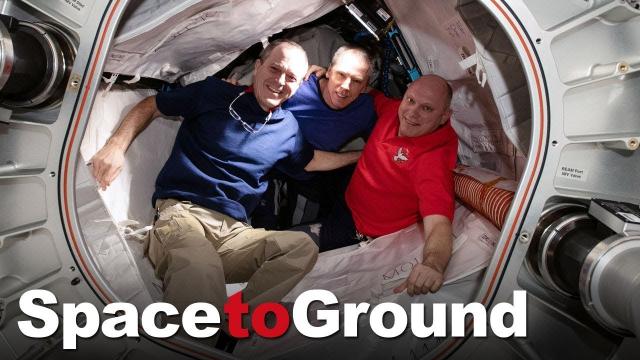
Space to Ground: Hello, Goodbye: 10/05/2018
Added 563 Views / 0 LikesNASA's Space to Ground is your weekly update on what's happening aboard the International Space Station. Got a question or comment? Use #spacetoground to talk to us.Learn more about the important research being operated on Station:https://www.nasa.gov/iss
-
00:37
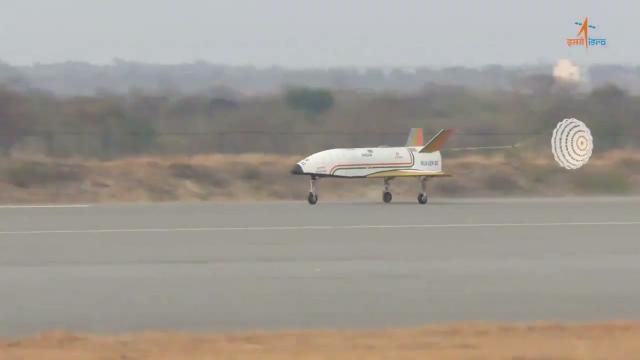
Watch India's reusable launch vehicle's runaway landing in test
Added 104 Views / 0 LikesThe Indian space agency's RLV-LEX-02 landing experiment was successfully conducted on March 22, 2024 at the Aeronautical Test Range (ATR) in Karnataka. Credit: ISRO
-
08:31
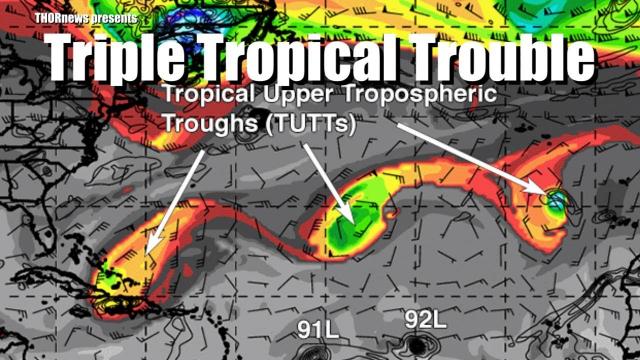
Get Ready! The Atlantic Ocean is Now Extremely Active!
Added 764 Views / 0 LikesGet Ready! The Atlantic Ocean is Now Extremely Active!
-
01:05
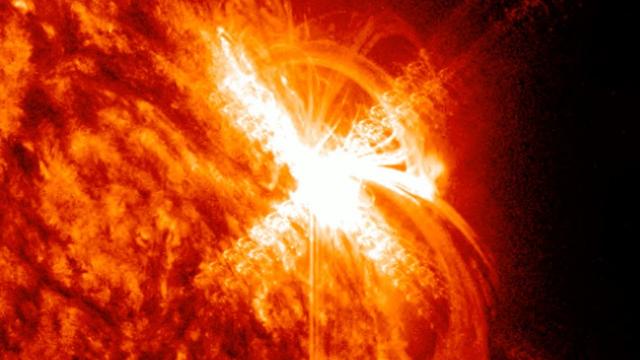
Sun erupts with powerful X2-class flare, NASA spacecraft sees it
Added 186 Views / 0 LikesSunspot AR3234 blasted an X2-class solar flare on March 3, 2023. NASA's Solar Dynamics Observatory captured the fireworks in multiple wavelengths.Credit: NASA/SDO/Helioviewer.org | edited by Space.com's Steve Spaleta (https://twitter.com/stevespaleta)Musi
-
01:28
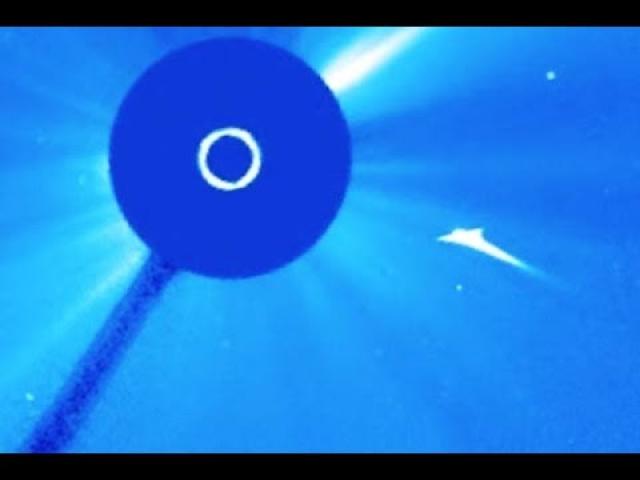
Comet 'Dives' Into Sun At Over 350 Miles Per Second - Spacecraft View | Video
Added 781 Views / 0 LikesComet 'Dives' Into Sun At Over 350 Miles Per Second - Spacecraft View | Video
-
21:31
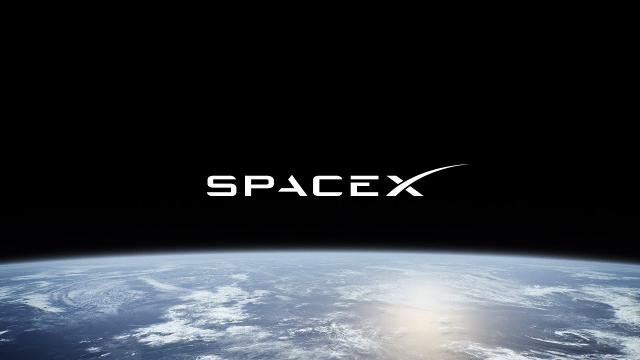
Starlink Mission
Added 195 Views / 0 LikesSpaceX is targeting Friday, April 29 for a Falcon 9 launch of 53 Starlink satellites to low-Earth orbit from Space Launch Complex 40 (SLC-40) at Cape Canaveral Space Force Station in Florida. The instantaneous launch window is at 5:27 p.m. ET, or 21:27 UT
-
04:39
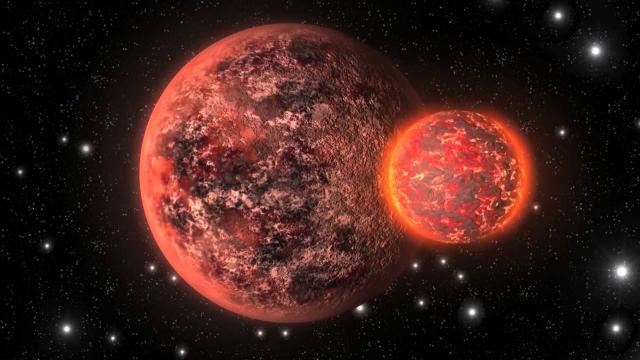
Astronomy Awakens. - A flood of Celestial News.
Added 607 Views / 0 LikesAstronomy Awakens. - A flood of Celestial News.
-
01:15
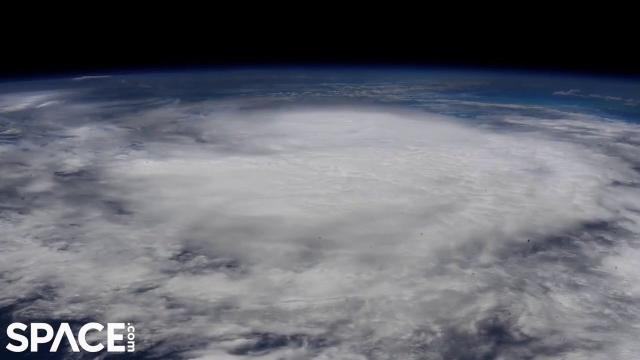
Hurricane Isaias seen by satellite and space station
Added 310 Views / 0 LikesNOAA's GOES-East satellite captured imagery of Hurricane Isaias from July 30 - Aug, 1, 2020. Aboard the International Space Station, NASA astronaut Doug Hurley captured the storm on July 31. Credit: Space.com / imagery credit: CIRA/NOAA/NASA/JSC/Doug Hurl
-
5:50:27
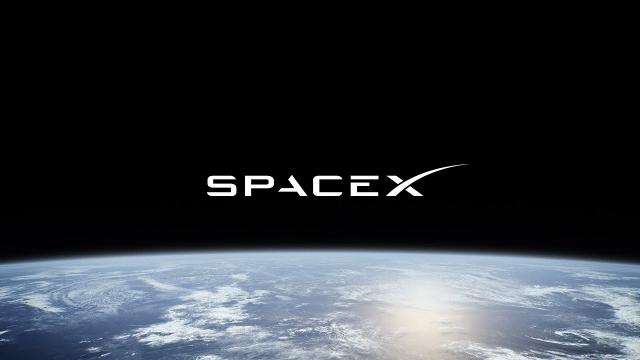
Crew-2 Mission | Approach and Docking
Added 346 Views / 0 LikesOn Friday, April 23 at 5:49 a.m. EDT, 9:49 UTC, SpaceX and NASA launched Dragon’s second six-month operational crew mission (Crew-2) to the International Space Station (ISS) from historic Launch Complex 39A (LC-39A) at NASA’s Kennedy Space Center in Flori
-
00:58
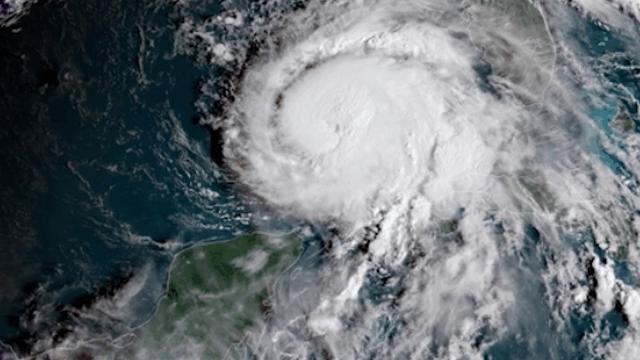
Hurricane Michael Seen From Space
Added 474 Views / 0 LikesNOAA's GOES East satellite captured imagery of Hurricane Michael on Oct. 9, 2018. -- More about the Hurricane: https://www.space.com/42064-hurricane-michael-first-satellite-photos-video.htmlCredit: NOAA
-
04:19
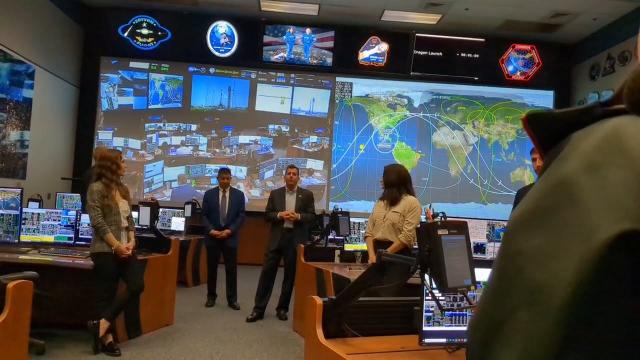
Watching a SpaceX launch from NASA mission control in Houston - Raw video
Added 129 Views / 0 LikesSpace.com's Elizabeth Howell was inside mission control at NASA's Johnson Space Center during a SpaceX launch.
-
02:42
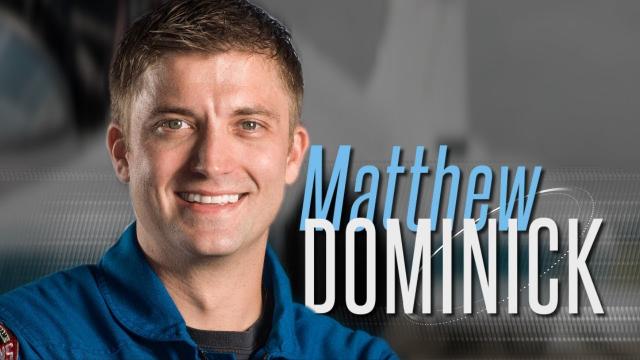
Matthew Dominick/NASA 2017 Astronaut Candidate
Added 664 Views / 0 LikesMatthew Dominick/NASA 2017 Astronaut Candidate
-
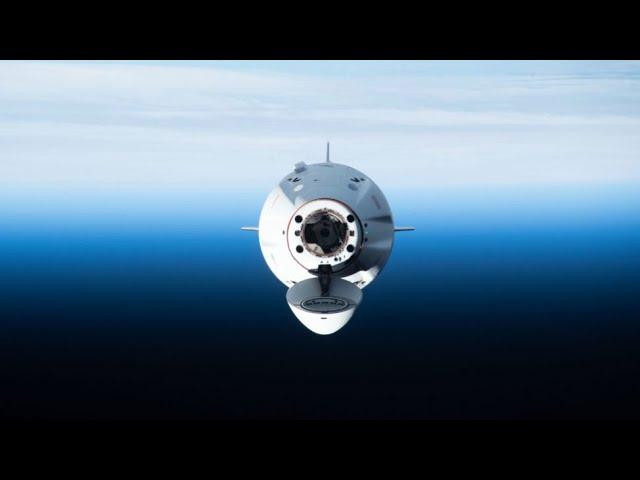
Watch Live! Crew-5's Splashdown, Returning to Earth After 5 Months in Space
Added 134 Views / 0 LikesA SpaceX Dragon capsule carrying the Crew-5 quartet — NASA astronauts Josh Cassada and Nicole Mann, Russian cosmonaut Anna Kikina and Japan's Koichi Wakata — is scheduled to splashdown from the International Space Station (ISS) at 9:19 p.m. EST on Saturda
-
01:37
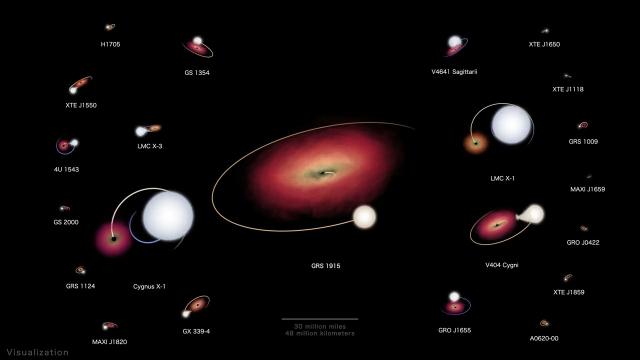
Meet the 'best-known' black holes in our galaxy (and our neighbor)
Added 268 Views / 0 LikesNASA Goddard Space Flight Center runs down the "best-known" black holes in the Milky Way galaxy and the Large Magellanic Cloud. Credit: NASA Goddard Space Flight Center
-
01:28
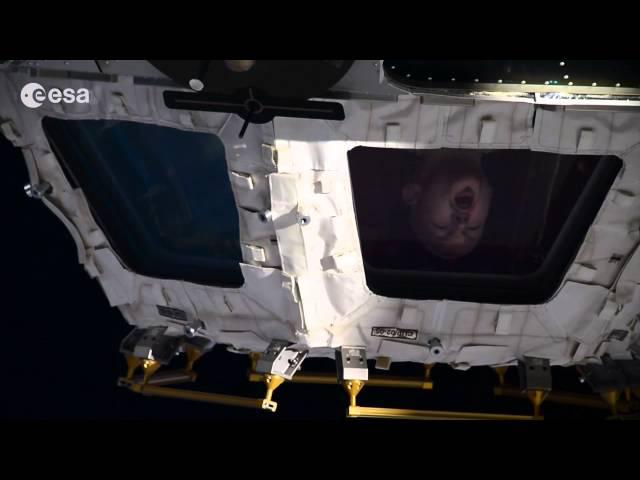
'Windows To Space' + Rising Moon: Outside Space Station | Time-Lapse Video
Added 773 Views / 0 Likes'Windows To Space' + Rising Moon: Outside Space Station | Time-Lapse Video
-
02:27
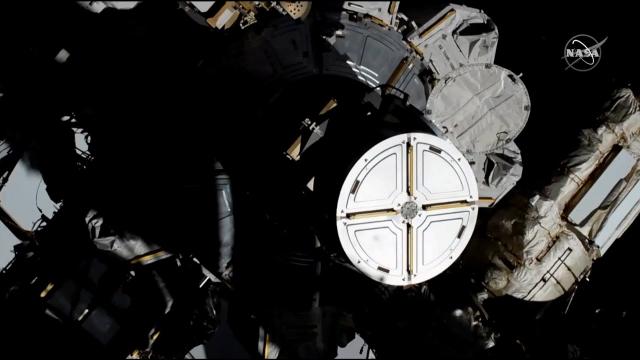
First All-Female Spacewalk Has Begun
Added 471 Views / 0 LikesThe first all-female spacewalk featuring NASA astronauts Christina Koch and Jessica Meir began at 7:38am EDT on Oct. 18th, 2019. Watch the Spacewalk Live: https://www.space.com/first-all-female-spacewalk-webcast-october-2019.htmlCredit: NASA
-
05:53
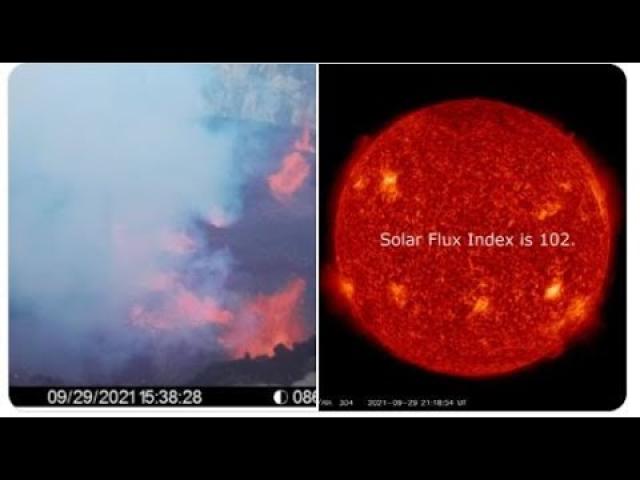
Hawaii's Mount Kilauea Volcano erupts & Solar flux hits 102!
Added 265 Views / 0 LikesLots of Volcano & Solar activity happened this September.I expect October to be more of the same.God bless everyone,T LEWISON5430 BIRDWOOD RD. #416HOUSTON TEXAS 77096https://www.paypal.me/THORnewshttps://venmo.com/TEric-Lewison$THORnews on CashApphttps://
-
01:49
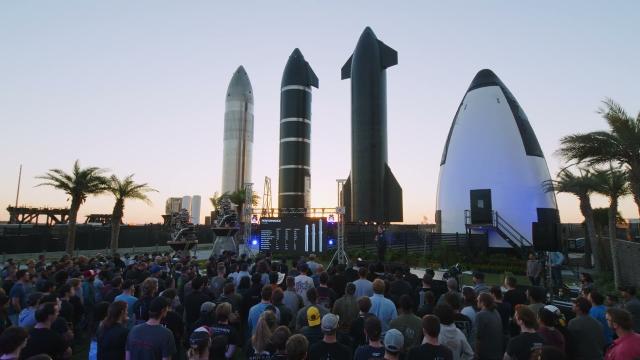
To Make Life Multiplanetary
Added 107 Views / 0 LikesThe goal of SpaceX is to build the technologies necessary to make life multiplanetary. This is the first time in the 4-billion-year history of Earth that it’s possible to realize that goal and protect the light of consciousness.At Starbase on Thursday, Ap

